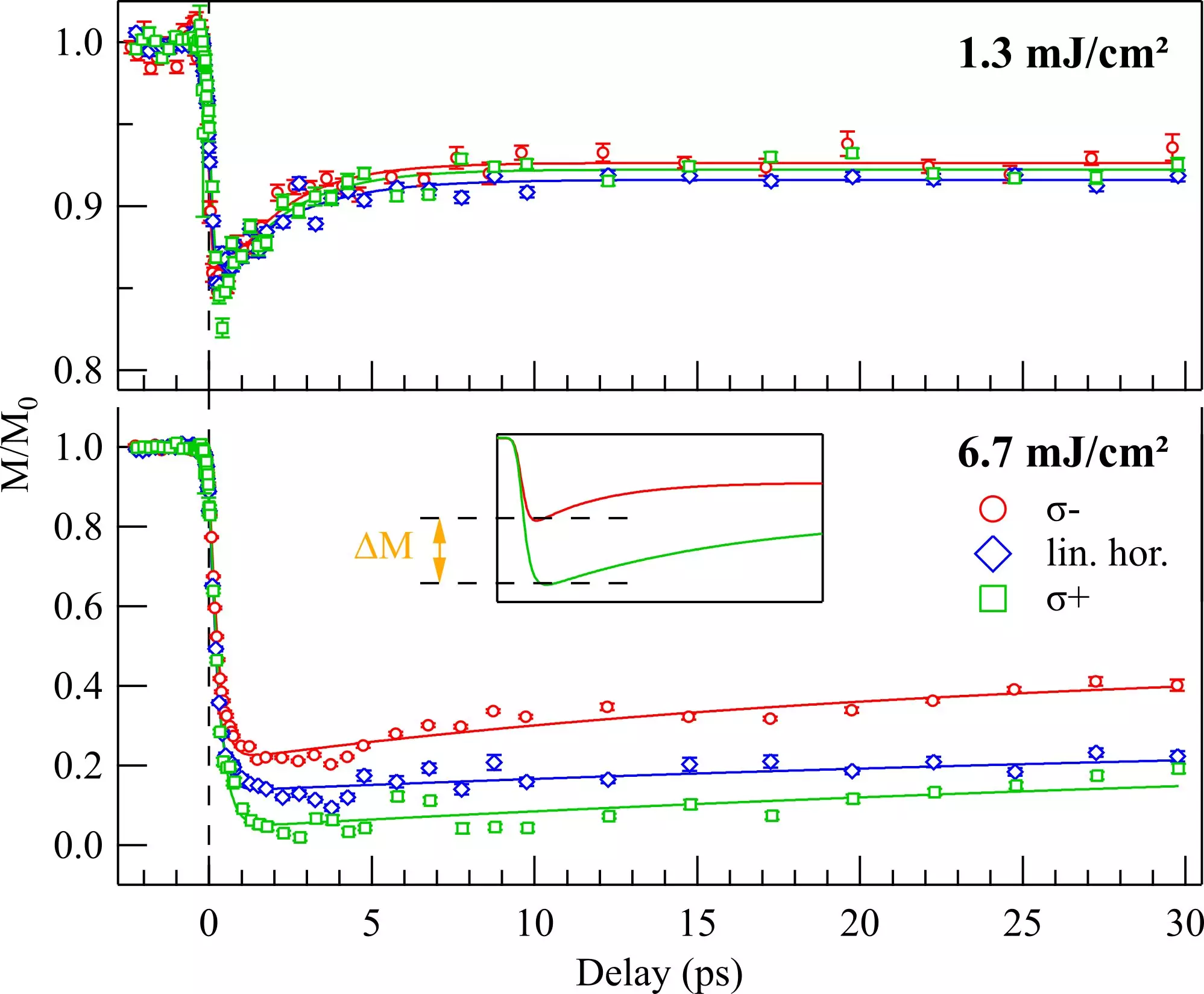The ability to manipulate magnetization on extremely short time scales has long been a topic of interest in the field of ultrafast magnetism. Traditionally, this has been achieved through the use of intense laser pulses, which induce thermal effects in materials, leading to rapid changes in magnetic order. However, a recent study by scientists from the Max Born Institute (MBI) has introduced a novel approach to generating large magnetization changes without the need for thermal heating.
Non-Thermal Manipulation of Magnetism
The study conducted by the international team of researchers focused on exposing a ferrimagnetic iron-gadolinium alloy to circularly polarized pulses of extreme ultraviolet (XUV) radiation. This unique approach revealed a strong magnetic response dependent on the handedness of the incoming XUV light burst. Unlike traditional methods that rely on thermal effects, this non-thermal approach is based on the inverse Faraday effect, which allows for efficient interaction between the polarization of the light and the magnetic moments in the material.
When an intense laser pulse interacts with a magnetized medium, the resulting magnetization changes are usually attributed to the absorption of energy and subsequent heating of the material. This process involves the excitation of electrons, leading to changes in electron spin and orbital moments that ultimately affect the magnetization. While this approach has led to significant advancements in ultrafast magnetism, the heat load on the material limits its technological applicability, especially in scenarios requiring fast repetition rates.
Opto-Magnetic Phenomenon
The non-thermal pathway explored by the researchers from MBI is based on an opto-magnetic phenomenon that directly interacts with the electronic spins in the material. This approach relies on the inverse Faraday effect, which generates magnetic moments in a medium excited by circularly polarized radiation. The direction of the magnetization is determined by the helicity of the circular polarization, offering a new way to manipulate magnetism without the need for electronic heating.
Experimental Demonstration
To demonstrate the non-thermal manipulation of magnetism, the researchers used circularly polarized femtosecond pulses of extreme ultraviolet (XUV) radiation generated at the free-electron laser FERMI. By applying this technique to a metallic, ferrimagnetic iron-gadolinium alloy, the scientists were able to achieve a substantial IFE-induced magnetization. The high photon energy of the XUV radiation allowed for resonant excitation of core-level electrons, leading to the generation of large opto-magnetic effects in the material.
The findings of this study are expected to have significant implications for the fields of ultrafast magnetism, spintronics, and coherent magnetization control. By providing a non-thermal method for generating large magnetization changes on ultrafast time scales, this research opens up new possibilities for the manipulation of magnetic materials using light-based techniques. Additionally, the study highlights the importance of exploring non-traditional pathways in the field of ultrafast magnetism to overcome existing limitations and drive innovation in the development of future technologies.


Leave a Reply